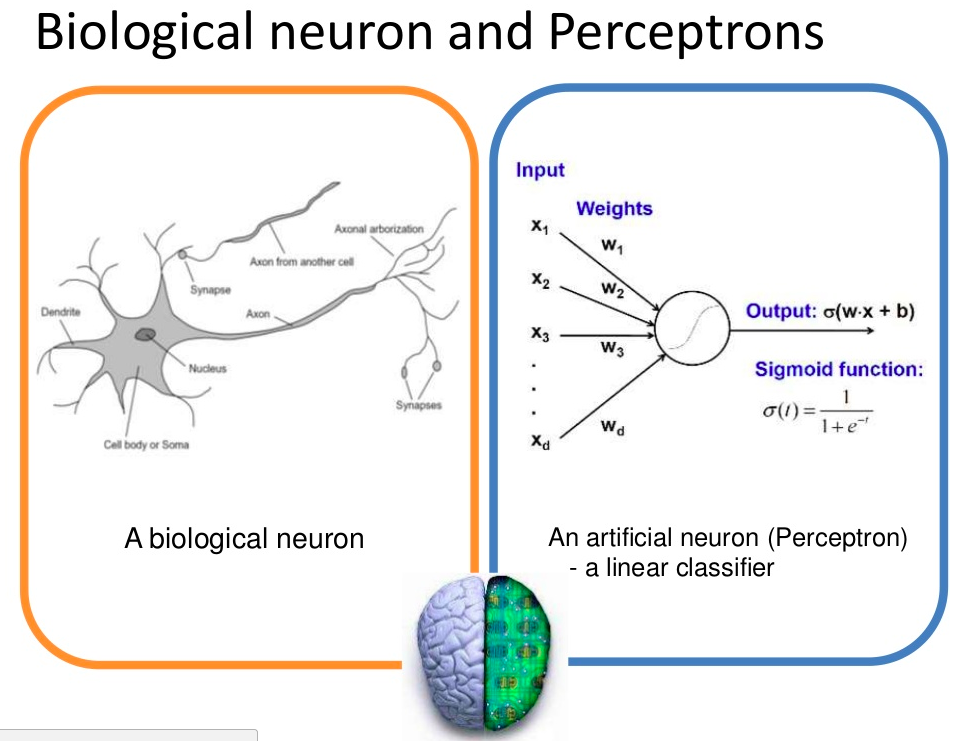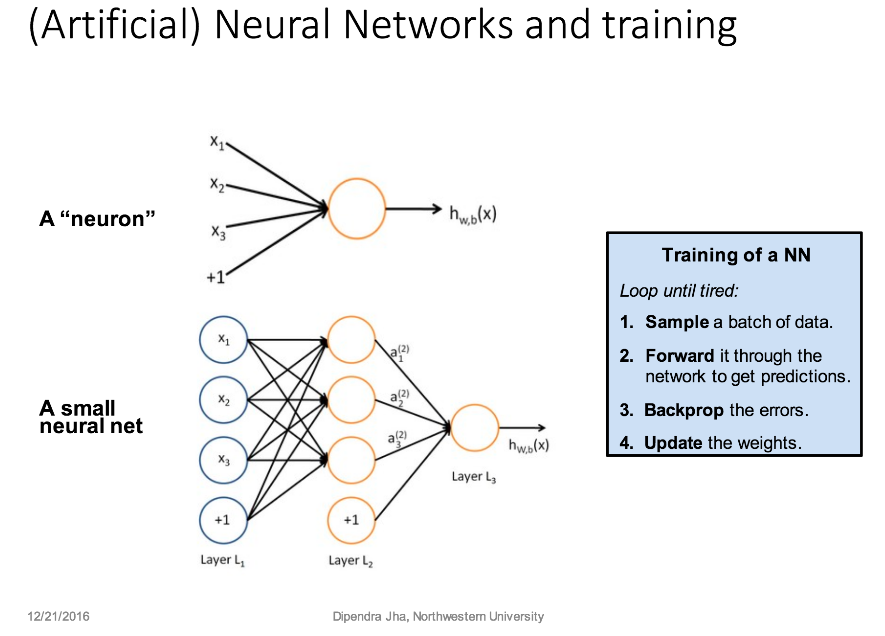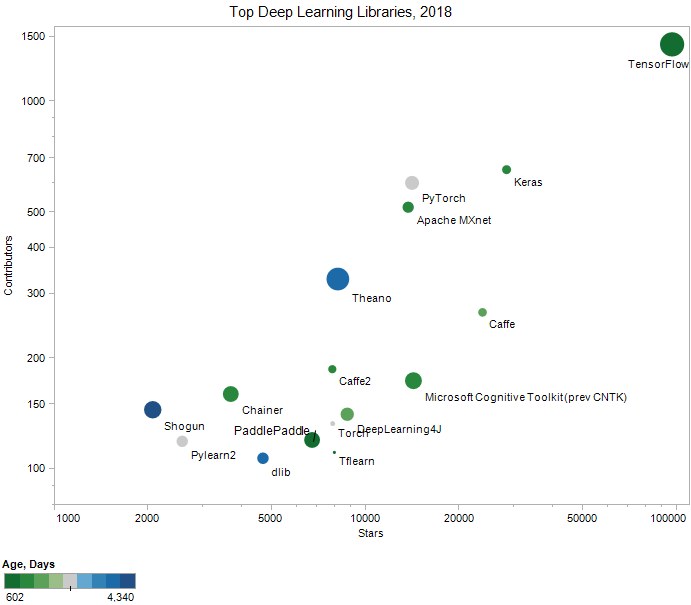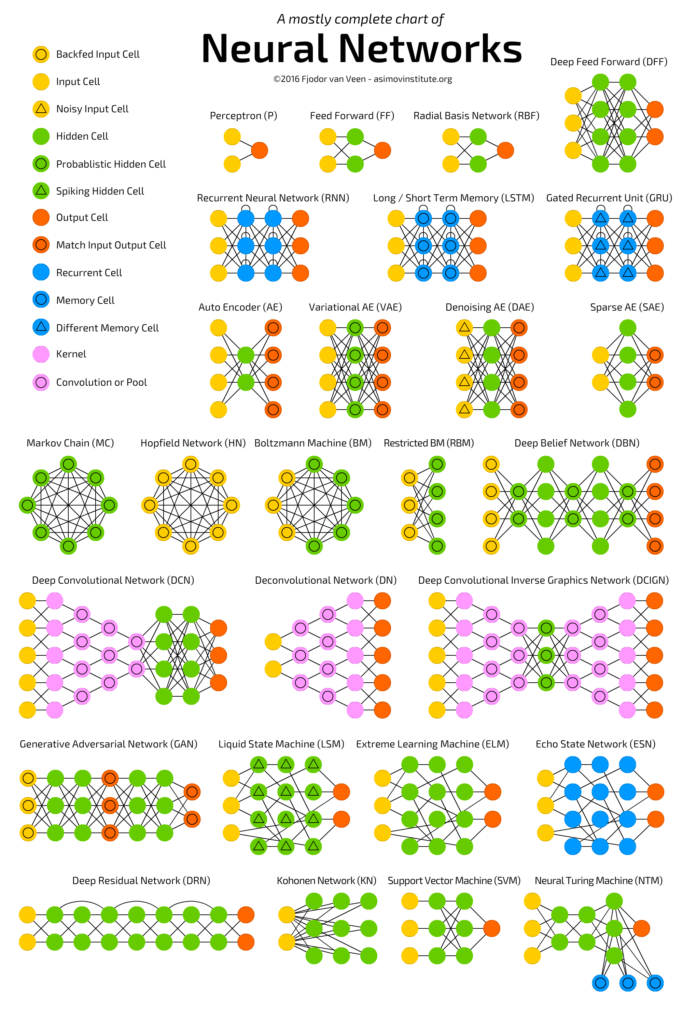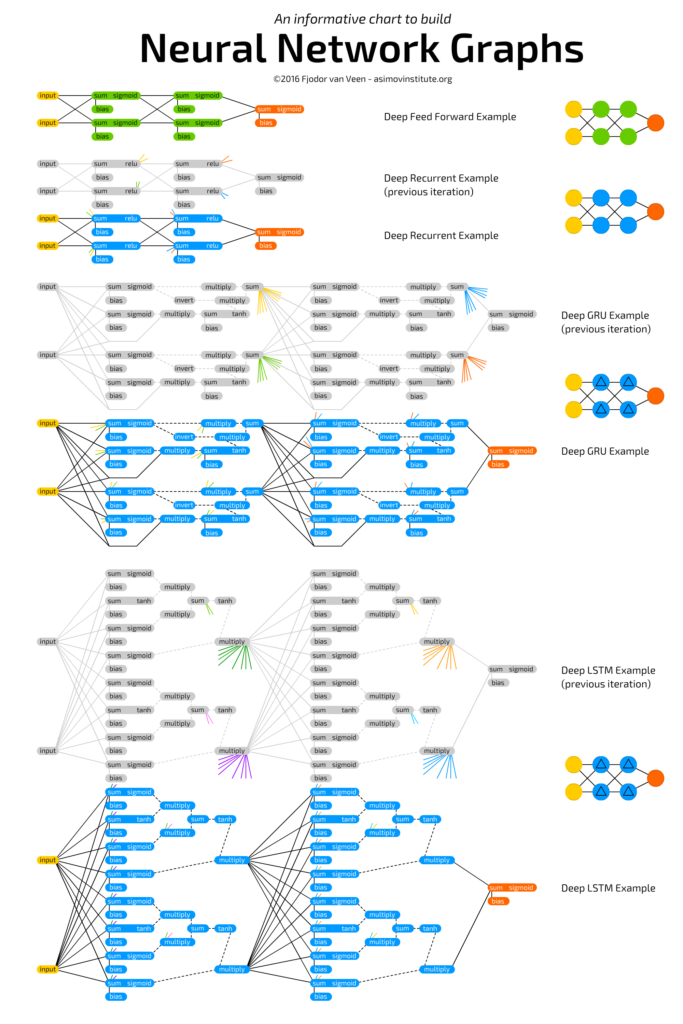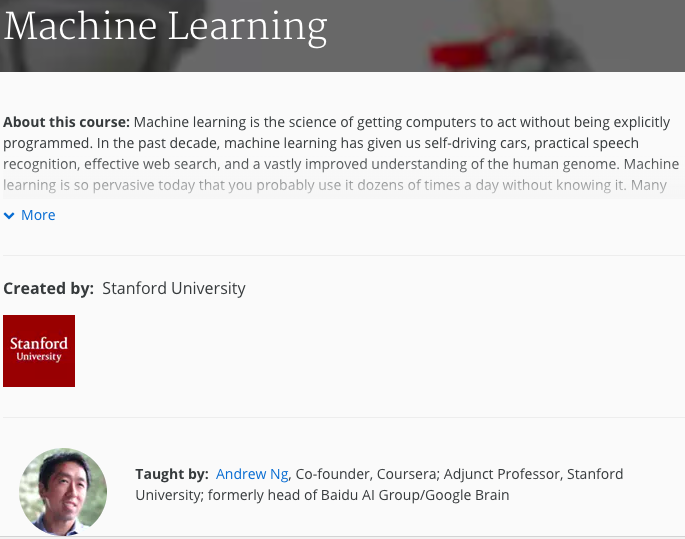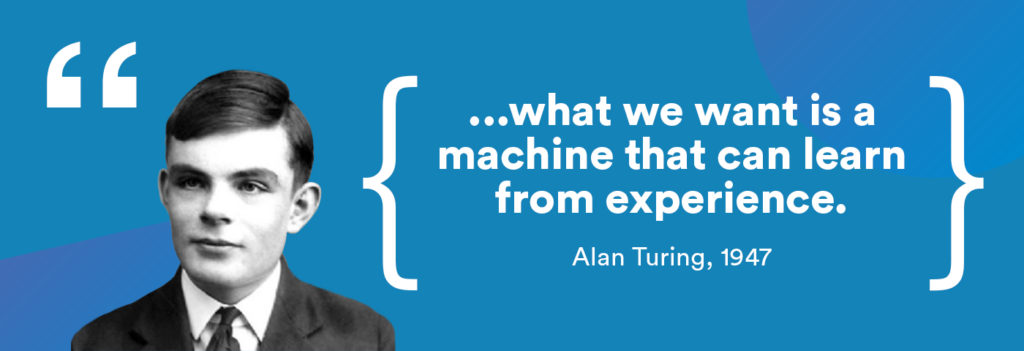
You are not a data scientist nor machine learning programmer. But your boss wants an AI project started in the next three months.
Mastering deep learning in a next few weeks is impossible. Nor, you have the budget to hire a consultant to help.
What do you do?
Think.
Surely there is a hack to all of this.
If you find yourself taking a project management role to implement a deep learning initiative in your organization, but have zero knowledge, it’s time to tap on your grit. Let us explore the ways on how you (a guy with zero ML skills) can make it work.
Understand the concept of Neural Nets
First, understand the concept of Neural Nets. Just like the human brain, deep learning is composed of neurons which receive signals from inputs and connect it to an answer.
Source: Jia-Bin Huang, Assistant Professor, University of Illinois
There are two ways in which neurons process inputs. The first one focuses on linear combinations of weighted inputs (i.e., linear neuron). While the second one uses weighted sum to feed into the logistic function (i.e., sigmoidal neuron). The logistic function then returns a value between 0 and one which in turn makes deep learning a more straightforward process. A neural network happens when these neurons link to each other to answer the learning problem.
Know how to train Neural Nets
Training neural networks can be viewed as a sort of optimization problem. The goal is to minimize the error of neural nets through constant training. Use training data to form weights for the neural networks that will produce the desired output.
Source: Dipendra Jha, Northwestern University
Typical training of neural networks with TensorFlow uses a batch data. The primary goal is to train the machine to get intended results. Weight assignments define these results. The batch data will be fed to the network and from there, determine how accurate the neural network is through looking at its percentage of error in relation to initially set weights. The goal is to minimize the error through continually training the neural nets to arrive at the pre-set weights.
There are a couple of ways to do this. The first one is through gradient descent. This uses derivatives and calculus techniques through back propagation, resilient propagation and Manhattan propagation and other optimization techniques based on gradient calculations.
Grasp Mathematical Foundations of Data Science and Machine Learning
Algebra and calculus is the foundation of the deep neural nets. Self-studying deep learning is no longer new. There are a lot of free courses online from top universities such as Stanford and Harvard that help professionals transition.
- Andrew Ng’s linear algebra review videos and reference guide is an excellent place to start.
- Professor Leonard’s Introduction to the Derivative of a Function also gives a succinct understanding of backpropagation.
- Finally, jump right into deep learning through this Quoc Le’s (a Google research scientist) Deep Learning Tutorial.
Know about Deep Learning Software Tools and Platforms
The field of deep learning is growing fast. KD Nuggets compiled a comprehensive list of 50 deep learning software tools and platforms. These platforms can be used in natural language processing, speech recognition, image recognition and the likes.
Source: Dan Clarke, KD Nuggets
Keep Deep Learning Cheat Sheets
Keeping quick reference guides is an excellent way to remember things you just learned.
Source: Fjodor van Veen, Asimov Institute
Also a linear algebra cheat sheet for deep learning
Jason Brownlee compiled this comprehensive linear algebra cheat sheet for machine/deep learning. In here, he talks about arrays, vectors, matrices, matrix operations and factorization and statistics.
Take free deep learning courses
There are a lot of good free courses on machine and deep learning via Coursera, Udacity, and EdX. For instance, Andrew Ng’s Introduction to Machine Learning is always the topmost recommendation among practitioners. Deep Learning Specialization is also available Coursera. It has both a free and paid option focusing on major areas of deep learning.
Source: Coursera
Some AI companies also offer free webinars on deep learning in the enterprise. WorkFusion provides a webinar called Forecasting the Future of Enterprise AI to teach how companies can solve common roadblocks and issues. Taught by its co-founder and CTO, it maps our advancements in AI and how to benefit from robotic process automation (RPA) that runs under deep learning.
WorkFusion also offers a free version of their product called RPA Express. RPA Express is free and easy to use. It enables automation of common applications even without coding. It is perfect for companies who wanted to start on RPA without having to tie themselves to multi-million dollar contracts.
Use deep learning in your personal life
Applying deep learning on problems that are close to you is the best way to learn it. To keep yourself motivated on your self-study, Jason Brownlee recommends working on problems that have an impact. For example, using machine learning at home for personal finance, tracking your food intake and even how much TV or Netflix you are consuming in a week. He broke down machine learning into a 5-step tutorial process that you can take for free on his website.
When not to use deep learning
The decision to use deep learning should be more than the hype. There are instances where a simple statistical and rule-based model is enough.
Source: Andrew Fogg
For example, establishing causal mechanisms such as knowing if two molecules work in a cellular environment can benefit more from old-style Bayesian methods. Using deep learning on unstructured data such as natural language processing might not work because of the lack of context to which word embedding can anchor on.
Diving head-on into deep learning is no easy feat. Before you start self-studying your way into this, warm up with this brief history.


